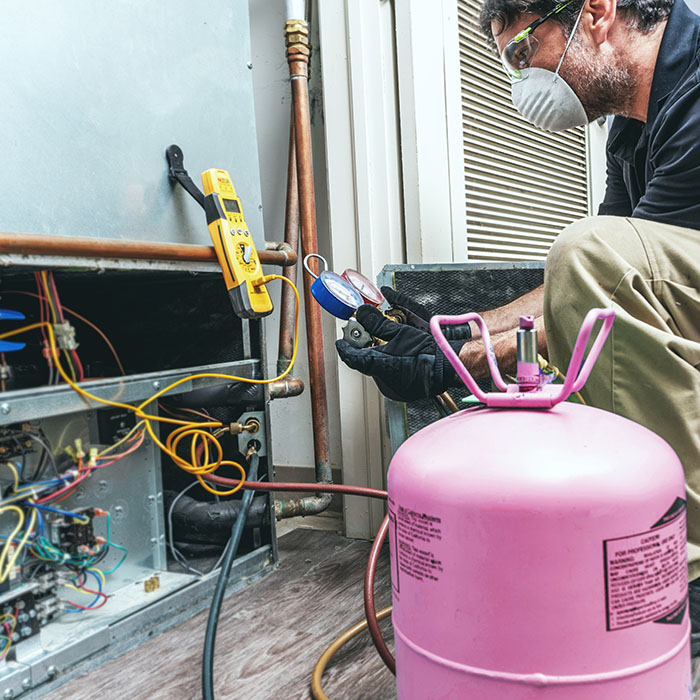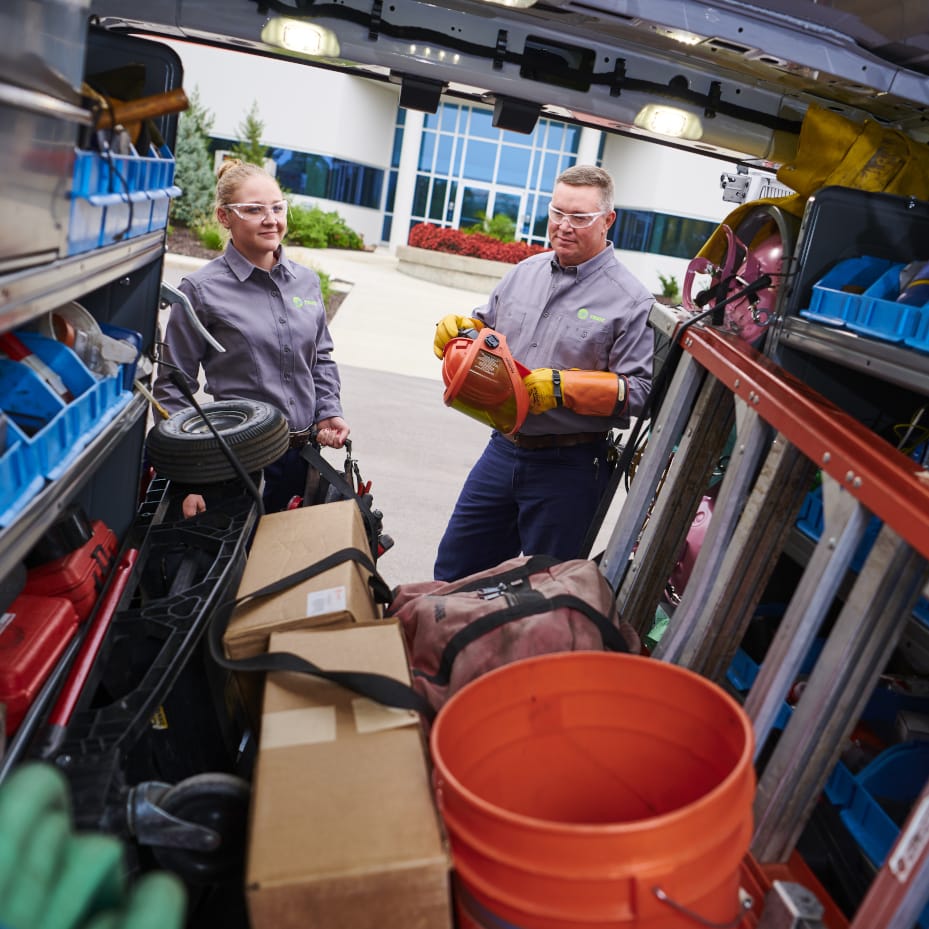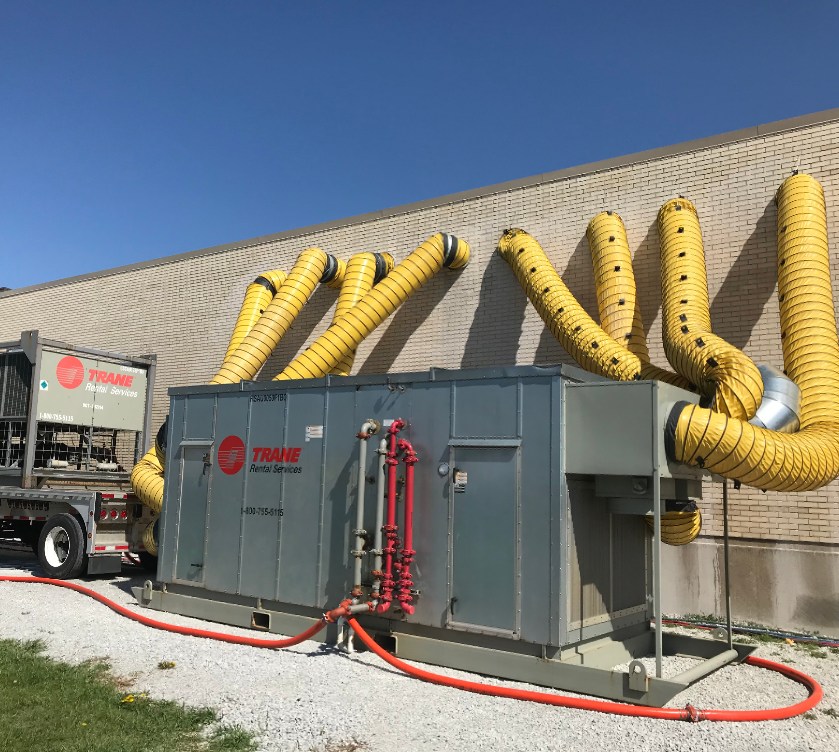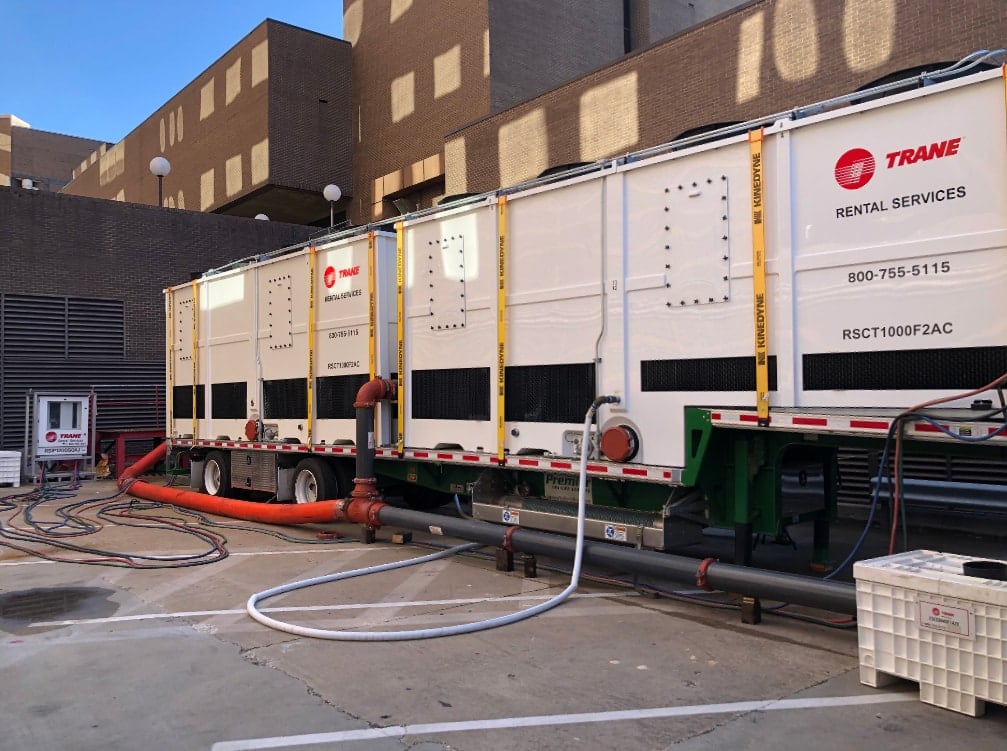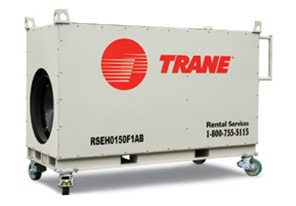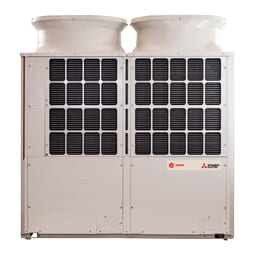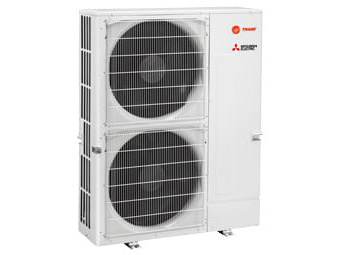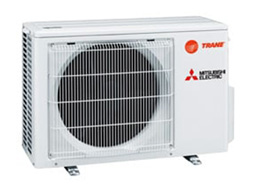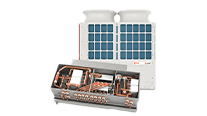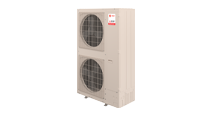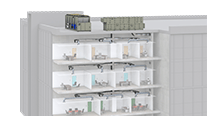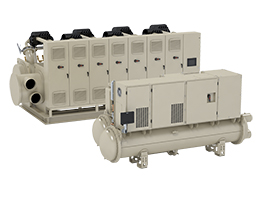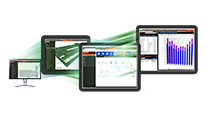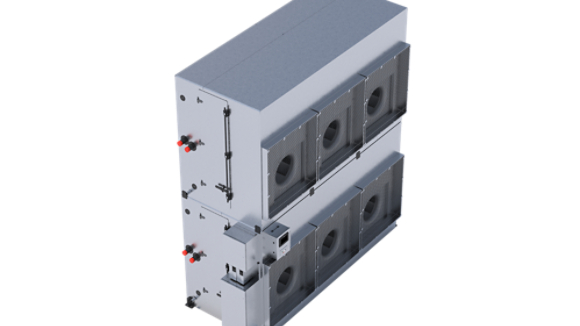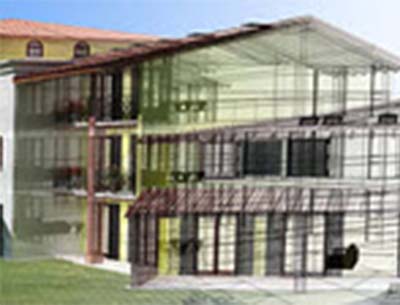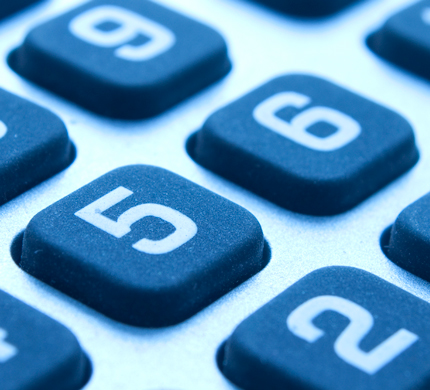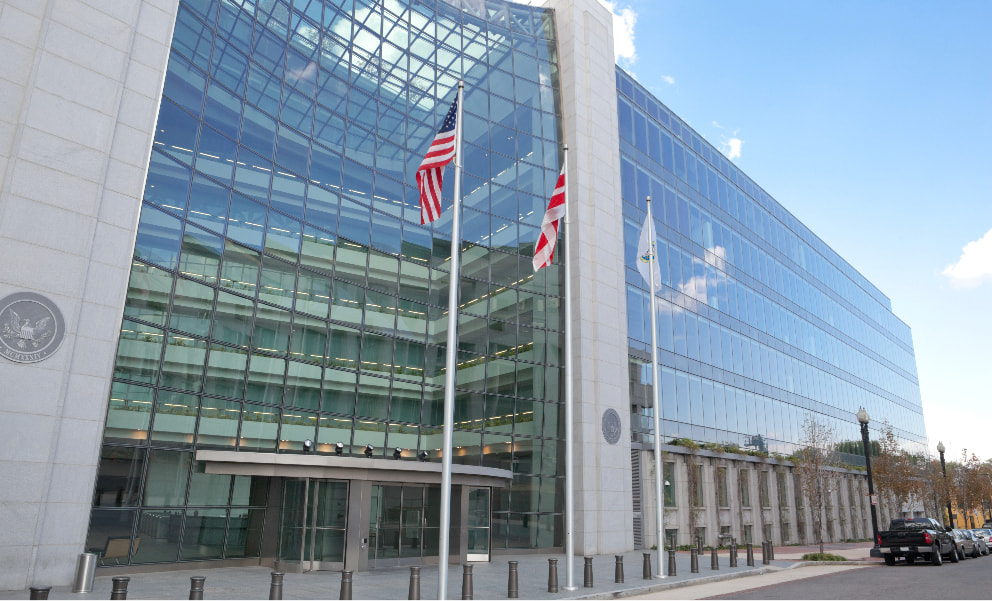What is a microgrid? A Microgrid is an interconnected energy system made up of distributed energy resources, electrical loads, and an automated control system. This system can operate dynamically in an integrated way with the utility grid, or independently (known as “island mode”). Microgrids respond to energy price peaks or grid interruptions to improve resilience and reduce costs and risks.
2. DERs and Microgrids Can Solve Electric Power Access and Reliability Issues
DERs and microgrids can help to address a number of needs when it comes to supplying access to electrical power or to help manage reliability issues. If you have an operation that is in a remote location which cannot feasibly be served by a utility, a standalone DER can be developed to provide off-grid power supply. If electrical power is available, but unreliable or prone to disruptions, a DER or responsive microgrid that provides supplemental or standby power for use when there is an outage can be helpful or imperative, especially in the case of critical applications.
A number of DER technologies support remote electrical access and mitigate reliability issues, including engine generator sets, turbines, micro turbines, fuel cells, renewables (like photovoltaic solar or wind), automated control systems, and storage devices.
3. DERs Contribute to Sustainability Initiatives
While DERs are not the silver bullet to address environmental sustainability and carbon reduction, if you’re pursuing a DER for resilience or cost reasons it can make sense to also consider the long-term environmental impacts of the DER technology choices you make. The DER design should be primarily led by the uptime and reliability requirements for your operation, which may make the use of carbon-based fuel sources necessary. However, if the design allows for it, incorporating renewable energy power sources (like wind and solar) and storage technologies can help to support short-term goals, and also help to future-proof your operation as more carbon-intensive fuel sources are phased out over time. With careful consideration for the DER design and power source technologies, and by leveraging various financial incentives, your DER can help to economically contribute to your overall sustainability goals now and in the future.
When it comes to utilizing a DER to drive environmental sustainability or carbon reduction outcomes, technologies like cogeneration, engine generator sets, turbines, and microturbines that use cleaner fuel sources than the utility grid, and renewables like photovoltaic solar and wind power along with storage devices can be effective choices.
Not sure where to start in developing your plans to manage energy costs, ensure reliability and resiliency, or make progress on your sustainability goals?
Consider working with a trusted collaborator to holistically understand the needs of your operation and organizational goals as a first step. An energy and building expert can help you develop a comprehensive plan that includes high-impact efficiency measures, DERs, and future-forward strategies that will set your operation up for long-term success. As you move toward implementation, a strong collaborator should also be able to identify appropriate funding, financing, and procurement options, while incorporating tax incentives, utility rebates and credits, and grid integration options where it makes sense.
Trane has the proven global expertise and local execution capabilities needed to help you reimagine your energy infrastructure, decarbonize your building systems, and instill energy resilience and independence for your operation.
Want to learn more about DERs?
Trane does not provide tax, legal, or accounting advice. This material is for informational purposes only and it should not be relied on for tax, legal, or accounting advice. Tax law is subject to continual change. All decisions are your responsibility, and you should consult your own tax, legal, and accounting advisors. Trane disclaims any responsibility for actions taken on the material presented.




